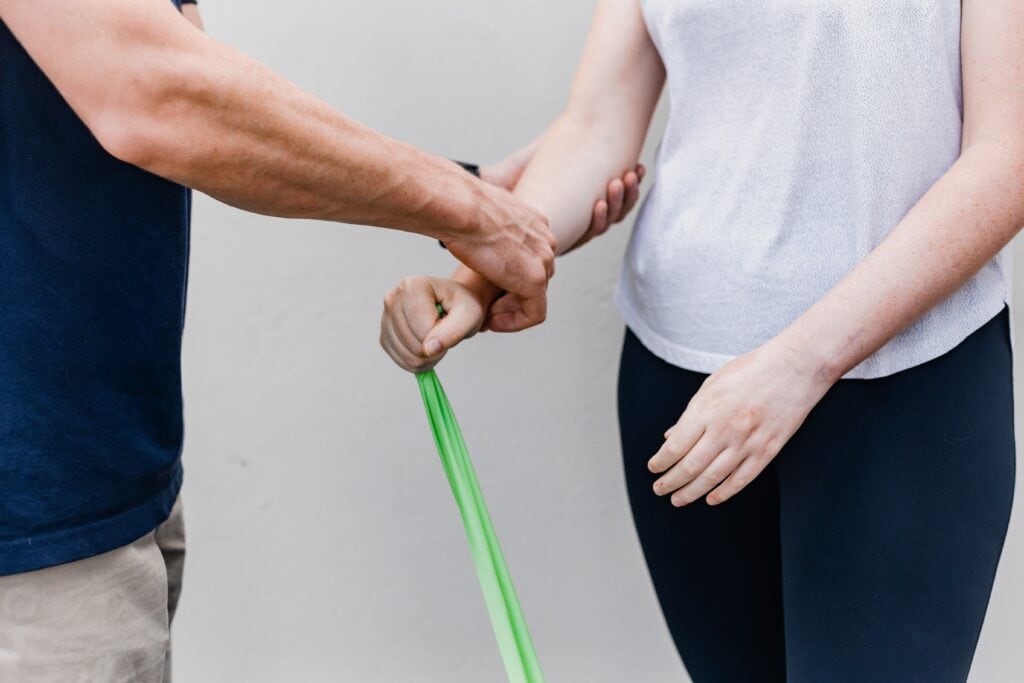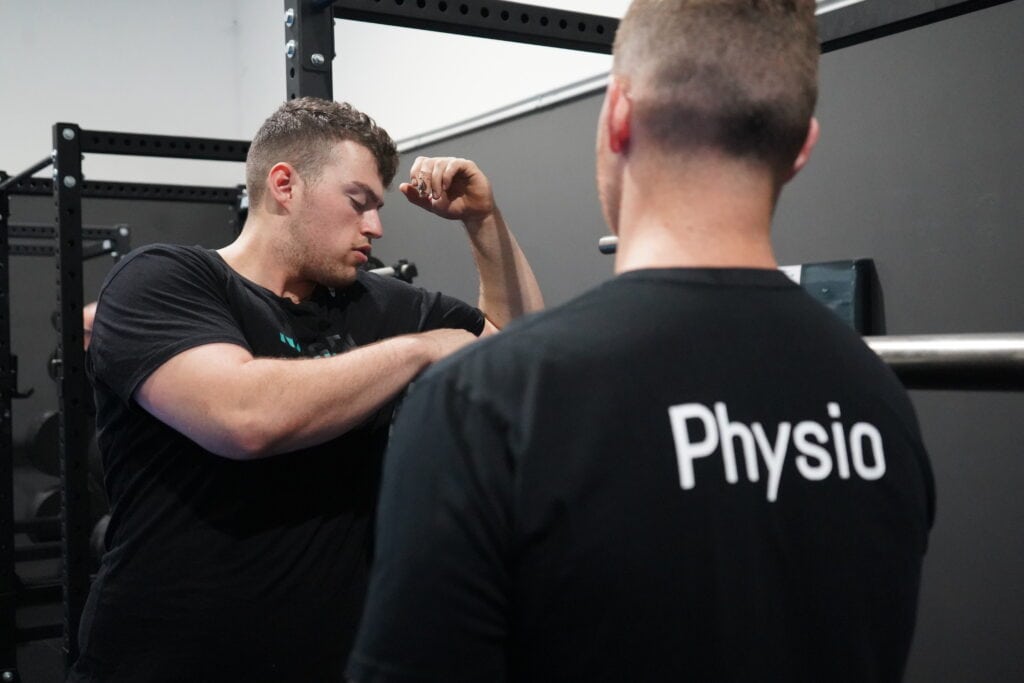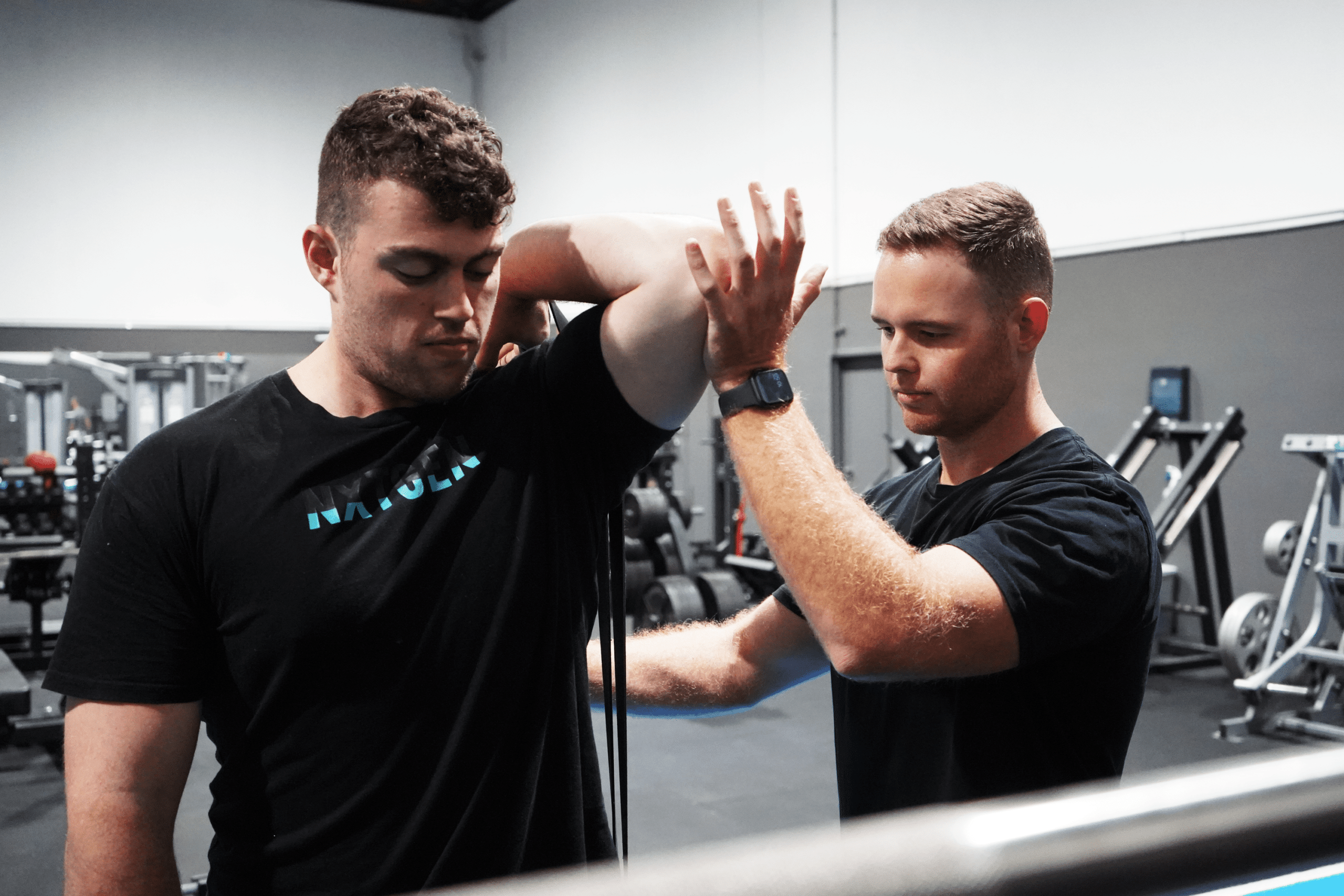Training Around an Injury
So you’ve just had a significant injury and clearly your attention is drawn to that area and how you can rehab most effectively. You might need to get back to the sporting field, lifting platform or even work or daily tasks, and you want to do it effectively and efficiently. But have you thought about what will happen to the rest of your body in this time?
Weakness and Deconditioning
Most injuries will require a period of rest or de-loading before they can be built back up again. You’ll likely have some tissue that needs healing or you may have had surgery. Even once you can start loading again, it won’t be at pre-injury capacity for a little while. It’s common for athletes to have sole focus on their injury while neglecting other areas of their body. This lack of training around their injury leads to weakness and deconditioning, making it more difficult to return to pre-injury function, and exposing other areas to injury. It can also give false indicators of progress, because if you’re using symmetry as a measure, the opposing side is likely weaker than previous.

Symmetry and Strength
For example, an athlete tears his ACL on the soccer field, and a few weeks later has it surgically repaired. Throughout the whole 12 month rehab process, he is dedicated to his exercise program, regains his knee mobility, strength and function. Toward the end of the rehab process, his Physiotherapist performs some strength and functional tests of both legs and finds them to be symmetrical, so he clears him for return to soccer. First game back, the athlete comes into contact with an opposing player, and tears his opposite ACL. It’s found later on that despite the legs being symmetrical, they were both significantly weaker than pre-injury, as the non-injured leg was never prioritised. Let the 12 month rehab process begin again…

The Importance of Baseline Testing Post-Injury
So how do you avoid this? The first step is to be backed by a knowledgeable team of health professionals and coaches, ideally working together to put your rehab plan together as a whole. The prior example demonstrates the importance of baseline testing post-injury, not just of the injured area. If the injury was recent, there won’t have been adequate time for deconditioning of other areas and they can be tested as pre-injury levels. Generally your Physiotherapist and coach will develop a plan from Day 1 post injury/surgery to start working around your injury. The Physiotherapist will give restrictions and guidance to ensure the injury isn’t compromised, while your coach develops a program to target everywhere else. As time goes by your injury will heal and progress, and eventually will return to adequate strength symmetrical to the other side. By the end of the rehab process, you’re back to pre-injury status as a whole, and can confidently return to sport/play/lifting/work/life.
The Cross-Education Effect
So let’s rewind to the prior example, where the same athlete has just torn his first ACL. Immediately after injury, he is referred to a Physiotherapist working alongside strength coaches. While waiting for surgery he undergoes a battery of whole-body performance testing, and then under the guidance of his Physio, he begins a training program working on his upper body, trunk, hips and opposite leg.
It’s important to note here something called the Cross-Education Effect, where if you train the opposite muscle or joint, it actually improves the strength of the side you’re not using. This occurs via changes in the nervous system and neural drive. This program progresses over time during the rehab process, and eventually the injured knee is able to be loaded and integrated into the athlete’s movements.
Fast forward to the 12 month mark, the athlete undergoes the same testing battery, as well as performance testing of the previously injured knee. Results show good symmetry between legs, and that all areas of the body have matched or improved original testing – we are confident to return to sport. First game back at soccer, the athlete feels strong and confident, not just in his injury but everywhere else, he performs well and has a successful season.
The Rehab Process
Comparing these two examples shows the importance of working around an injury. You could have an identical rehab experience, but if you’re only working on that area, you’re still putting yourself at risk. Just because your opposite leg is fine when you get injured, doesn’t mean it will be 12 months later when you’re ready to return to play. The body is complex and many areas of the body need to perform well to protect other areas and avoid injury. One other example not mentioned is trunk strength for ACL prevention. As an athlete, it’s not your job to know all of the areas to work on, but more to be proactive in finding the right people to take you through the rehab process.
The Key Take Aways
So the take home message is this – find yourself the right team to take you through your rehab for an injury. In some cases a Physiotherapist may be all that’s recommended, however there is great evidence to show that multidisciplinary rehab achieves greater results in performance and re-injury risk. It also make a world of difference to have an adequate facility to train in. Athlete or not, no-one should deserve to have improvised exercises because equipment wasn’t available. Find the right people in the right place to guide you, and dedicate yourself to the rehab process, because the person it will affect the most is you.
Aaron Roughley
Head Physiotherapist
Lift3 Gym and Physiotherapy

